The proportion of vacant retail and leisure units in the UK has risen for the first time in two years, new data suggests.
According to figures from the Local Data Company (LDC), 11% of all properties lie empty during the second quarter of 2017.
The rate had slowly decreased from 11.7% in mid-2015 to 10.9% in the first quarter of 2017, before the slight increase during the last quarter.
LDC said this was driven by an increase in the retail vacancy rate, which went from 12% to 12.2% during the second quarter of the year.
Overall activity including store openings and closures fell in the second quarter to the lowest level since 2014.
According to LDC, the UK suffered a net loss of 207 stores in the three months from April to June.
Town centres across the country lost a net total of 163 stores during the quarter.
‘Confidence is key’
Retail multiples suffered a net loss of 578 UK stores, while, in contrast, independent operators added 370 units.
LDC director Matthew Hopkinson said: “Net openings and vacancy rates ended the second quarter on falling graphs, but that should not be read as a strong indication that the retail market has turned decisively.
“Earnings growth is falling behind inflation but the numbers in work continue to rise through a series of record highs, so consumer expenditure could well carry on growing.”
He added: “We have become used to talking about the effects of ‘uncertainty’ on retail, as though uncertainty is not natural in business. But uncertainty really only applied to the period before the referendum, when we were simply unsure of the outcome.
“The question at this point is whether consumers and the businesses that service their wants and needs are approaching the future with optimism or trepidation. Confidence is key.”





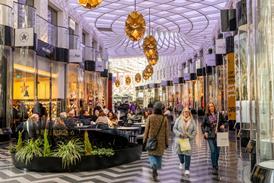


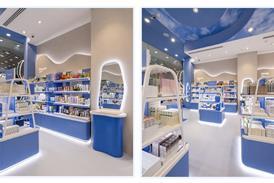

























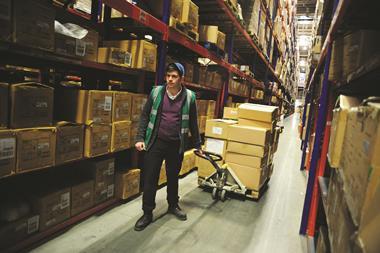
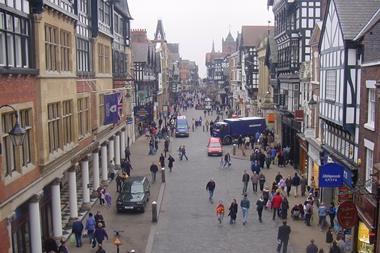

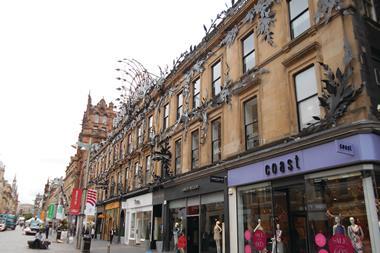








No comments yet